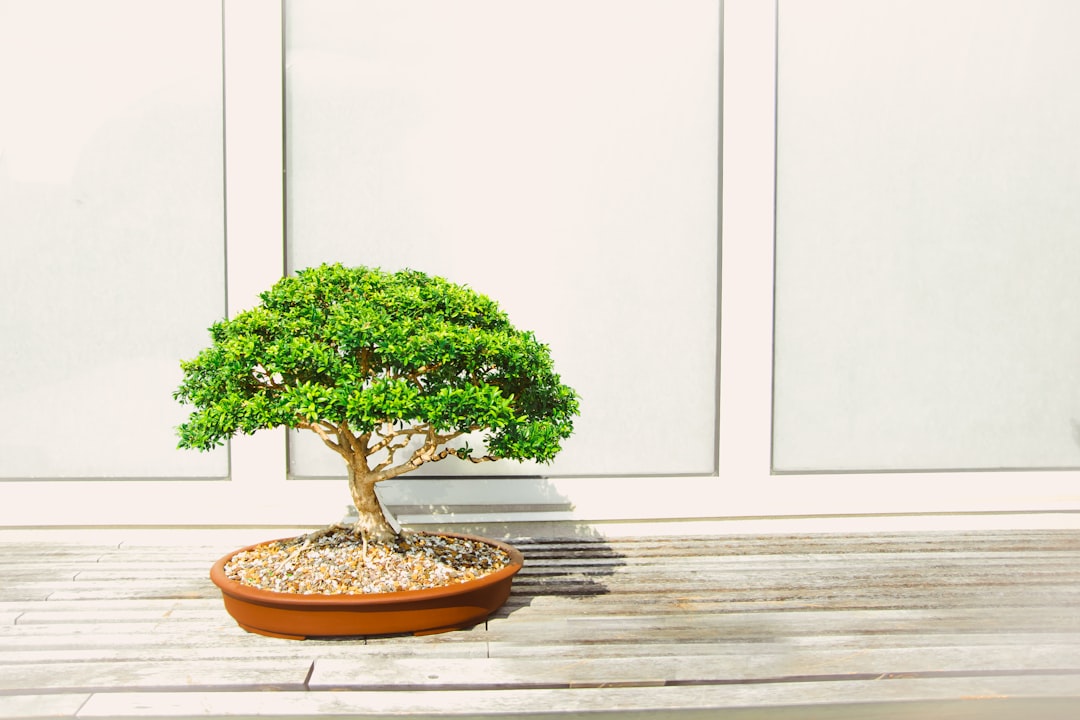Soil is one of the most critical factors in bonsai cultivation. Unlike regular potted plants, bonsai trees require a specialized soil mix that promotes proper drainage, aeration, and nutrient retention. Choosing the right soil ensures healthy root growth, prevents water-related issues, and supports the long-term development of your miniature tree. In this guide, we’ll explore the key components of bonsai soil, how to create the right mix, and how regional availability affects soil choices.
Why Regular Potting Soil Won’t Work for Bonsai
Many beginners make the mistake of using regular garden or potting soil for their bonsai, which can lead to:
-
Poor drainage – Regular soil retains too much water, leading to root rot.
-
Lack of aeration – Dense soil compacts over time, preventing oxygen from reaching the roots.
-
Nutrient imbalance – Standard soil may not provide the right balance of nutrients for bonsai growth.
Instead, bonsai soil should have a well-balanced structure with good drainage, proper aeration, and the right amount of moisture retention.
Key Components of Bonsai Soil Mix
A quality bonsai soil mix consists of three primary elements, each serving a unique purpose:
1. Akadama (Hard-Baked Clay) – The Classic Bonsai Component
-
Function: Retains moisture while allowing airflow to the roots.
-
Best for: Most tree species, especially those adapted to temperate climates.
-
Regional Availability: Akadama is a Japanese clay product, which can be expensive or hard to find outside Japan. In many regions, it can be substituted with other materials like fired clay particles or pumice.
2. Pumice – Lightweight and Absorbent
-
Function: Provides aeration and retains some moisture without becoming compacted.
-
Best for: Improving drainage in all bonsai soil mixes.
-
Regional Availability: Found in volcanic regions; available in gardening and bonsai stores worldwide. If unavailable, perlite can be used as a substitute.
3. Lava Rock – Enhancing Drainage and Structure
-
Function: Prevents soil compaction and improves root anchoring.
-
Best for: Trees that require excellent drainage, such as junipers and pines.
-
Regional Availability: Sourced from volcanic areas; alternative options include crushed granite or grit.
4. Organic Components (Pine Bark or Compost) – Holding Nutrients
-
Function: Adds organic material that retains nutrients and moisture.
-
Best for: Deciduous trees or species that require more moisture.
-
Regional Availability: Pine bark is widely available in nurseries, but compost varies by location. Some bonsai enthusiasts use coconut coir as an alternative.
Creating the Right Bonsai Soil Mix for Your Tree
Different tree species have different soil needs. Here are some general recommendations:
-
Coniferous Bonsai (Pines, Junipers, Spruce)
-
33% Akadama
-
33% Pumice
-
33% Lava Rock
-
-
Deciduous Bonsai (Maples, Elms, Ficus)
-
50% Akadama
-
25% Pumice
-
25% Lava Rock
-
-
Tropical and Moisture-Loving Bonsai (Ficus, Jade, Serissa)
-
40% Akadama
-
30% Organic (Pine Bark or Coconut Coir)
-
30% Pumice
-
Pro Tip: Adjust the mix based on your local climate. In humid regions, increase the proportion of drainage materials like pumice and lava rock. In dry regions, add more moisture-retentive components like Akadama and organic matter.
Regional Adaptations: What If Bonsai Soil Components Are Unavailable?
If traditional bonsai soil materials are hard to find, consider these locally available alternatives:
Traditional Bonsai Component Alternative Options Akadama Fired clay (Turface, Oil-Dri), crushed brick Pumice Perlite, expanded shale, diatomaceous earth Lava Rock Crushed granite, coarse sand, expanded clay Organic Material Coconut coir, decomposed pine bark, peat mossFinal Thoughts
Understanding bonsai soil is essential for the health and longevity of your tree. By selecting the right mix based on species, climate, and availability, you create the perfect environment for strong roots and balanced growth. Experiment with different soil combinations and observe how your bonsai responds—over time, you’ll develop a mix that works best for your unique growing conditions.
What bonsai soil mix have you found most effective? Share your experience in the comments!

Comments
No comments yet. Be the first to comment!
You must be logged in to comment. Login